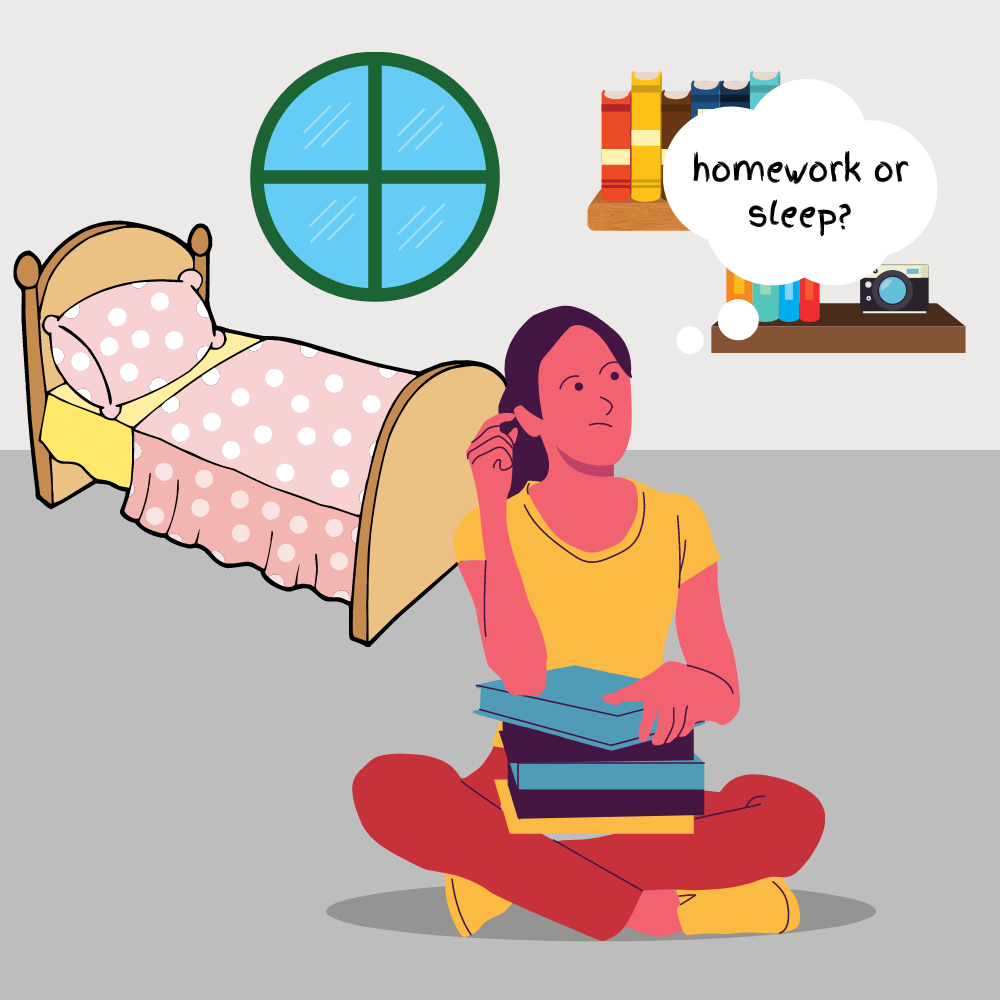

Your muscles must work in proper synergistic fashion to obtain, maintain, and enhance performance. Or, if you're sitting in front of the television or have some extra time to kill, try one of Kelly Starett's daily mobility workouts. For example, instead of starting your squat day with a quad stretch or two, mobilize your hips. What makes matters worse is what experts like Gray Cook, Brett Jones, and others have made careers out of correcting: performance built on top of dysfunction will inevitably result in injury and plateaus.įor most people, correcting dysfunction can be done by pre- and post-workout dynamic stretching, light bar work, and foam rolling.įor most people, correcting dysfunction can be done by pre- and post-workout dynamic stretching, light bar work, and foam rolling. We hit the iron hard and heavy, unconscious of how our body's immobility may negatively affect our lifts and our health. This is important because most of us start working out, training, or bodybuilding without a thought about our joint dysfunctions or imbalances. One of the things we'll be working on during our recovery days is corrective exercise. You can still get into the gym-I'll show you what those off days should look like-but you need to allow your body to recover from the stress of moving heavy weight. That's why I think it's hyper important to take a break from lifting at least twice per week. Without recovery time, though, your body won't adapt and you'll be left smashing your head against the wall in frustration. As the body compensates for the stresses of training, it will adapt by growing stronger, gaining power, and increasing its work capacity. In allowing and promoting recovery, you will experience specific adaptation to imposed demands, which is called the SAID principle. None of these things are good for growth. Your body's hormonal response to the deterioration of these systems is often a state of sympathetic arousal-your "fight or flight" response-which floods your body with high levels of catabolic hormones like cortisol. Without adequate recovery, your musculoskeletal system, nervous system, and immune system become compromised, which puts you at a greater risk for injury, illness, weak lifts, and, frankly, a piss-poor attitude. If you don't recover well, you won't experience the strength, power, or endurance adaptations you're in the gym for. RecoveryĪs the saying goes, "It is not how hard you train, but how well you recover." I agree completely. And that's why I think you should take the time to work on all three concepts during your off days. That's why the strength and conditioning world places a lot of emphasis on recovery, corrective exercises, and proper conditioning. Unless you're taking a day or two off from lifting, your body probably isn't working as well as it could be. Your body also needs more than barbells and dumbbells to be healthy and function optimally. Triple C: The WhyĪs much as it might pain you to hear this, I'm going to tell you anyway: Your body needs more than just heavy weights to build muscle.


So what's a meathead to do when the will to lift is all-consuming? The best medicine I like to prescribe is sessions of what I call "Triple C: Crush Correctives and Conditioning." Triple C is a method you can implement on your rest days to promote recovery, correct joint imbalances and dysfunction, increase aerobic capacity, and still feel like you're getting work done. Your iron addiction can also affect your friends and family: Who wants to spend time with someone who constantly stresses out about getting back into the gym?


 0 kommentar(er)
0 kommentar(er)
